Hey, there, fellow gardeners! Are you looking for a natural way to grow healthy and abundant celery harvests? Let’s talk about all the fantastic benefits of celery companion plants. If you’re not using these specific friendly plants alongside your green stalks, you could be wasting your hard earned money and leaving your crop’s full potential on the table.
The most common companion plants for celery are bush beans, cabbage, cauliflower, leeks, onions, spinach, and tomatoes. However, not all plants like to keep company with your celery. It’s best to avoid planting corn, carrots, parsley, parsnip, and Irish potatoes.
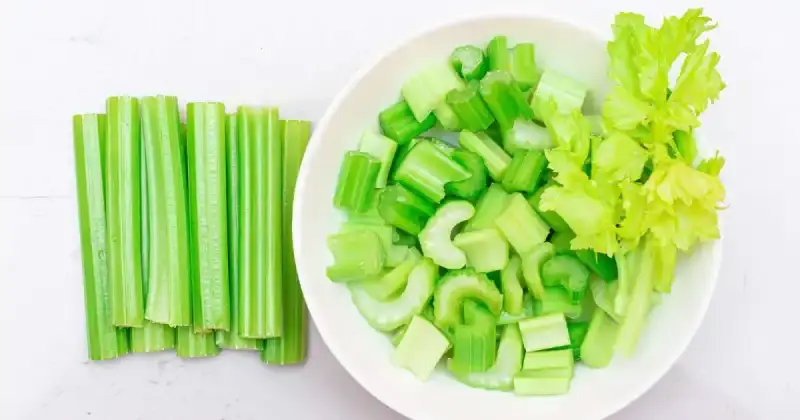
Whether you’re interested in learning more about how companion planting can help in the garden or you simply want to grow the best celery, we’ll dive deep into both topics in this article.
I’ll also share what plants to avoid near your celery patch and why you’ll want to keep these far away from your green stalks. Then, get ready to discover some special tips on how you can consistently grow some amazing celery plants in your edible Eden. So, let’s get planting and discover just how companion planting can help you.
Humble Highlights
- Discover how to maximize your garden space when planting celery, so you’ll know exactly what crops to grow to maximize your harvest.
- Learn these 7 mind-blowing benefits of companion planting so you can save time in your garden while letting Mother Nature do the work on your behalf!
- Save money by knowing precisely what plants to cultivate for delicious-tasting celery and what you should avoid growing so you can plan your garden for maximum efficiency.
What Is Companion Planting
Companion planting is growing different plant species together to help enhance growth and productivity. This technique can be done by choosing plants with complementary growing habits or by selecting plants that have beneficial interactions with each other.
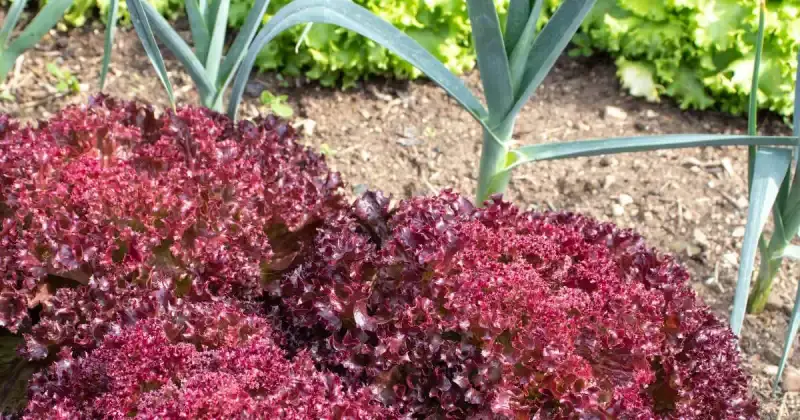
Let’s simplify the concept of companion planting by breaking it into two essential elements.
First, companion planting is a widespread technique among growers that involves growing different plants within the same area for various positive and beneficial reasons. These benefits range from controlling harmful pests and soil-borne diseases in your garden, attracting predatory insects and pollinators, maximizing your growing space, and boosting productivity, to name a few.
Second, each plant grown together plays a unique role in helping the other. This interdependence creates a harmonious and practical relationship between your plants.
Companion planting is a natural, chemical-free way of gardening that improves your garden’s biodiversity and soil structure as you allow Mother Nature to work on your behalf. Your vegetable plants work together throughout their life cycle so that each grows healthier while leaving behind vital soil nutrients for the next set of plants you’ll sow.
Because companion planting can save you loads of time and effort in the garden, it’s essential to understand each plant’s specific role in enhancing your harvests. You can create a healthy and productive ecosystem by selecting plants that complement each other. 1
What Are The Benefits Of Companion Planting
There are several critical benefits of companion planting, including:
- Diversifying your garden’s ecosystem
- Maximizing garden space
- Masking your vegetable scent
- Suppressing disease
- Growing larger crop yields
- Repels destructive pests
- Naturally amending your soil with nitrogen
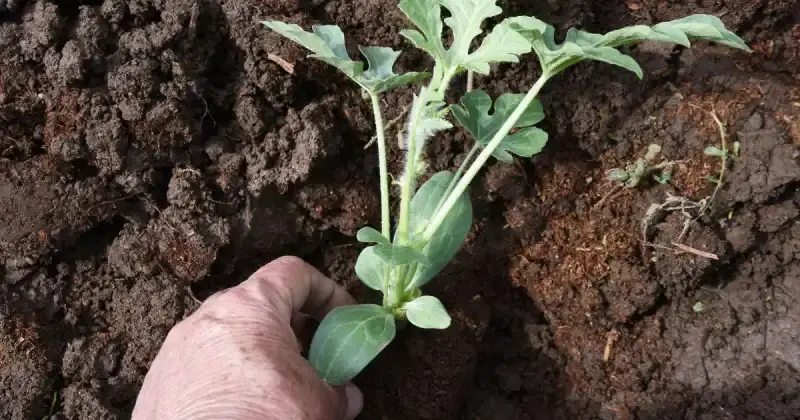
Let’s take a closer look at each of these advantages to discover how each plays a role in helping promote and sustain your garden’s health.
Diversified Ecosystem
Companion planting is a wonderful way to create a diverse and balanced ecosystem within your growing area. A diverse ecosystem in your garden is characterized by a healthy balance of beneficial plants, fungi, and microorganisms living together. In addition, incorporating different vegetation into your garden creates an environment more resilient to pests, diseases, and other common challenges gardeners may face.
Growing a diverse range of plants in your garden can also help support a wide variety of winged friends, such as bees, butterflies, and birds. These beneficial pollinators create a more vibrant and beautiful garden and maintain a healthy ecosystem.
Maximizing Use Of Garden Space: Intercropping vs. Interplanting
Intercropping and interplanting are traditional methods used in companion planting to make the most efficient use of productive space in the garden.
Here’s a great video I found that details exactly how to maximize space in your own garden through both intercropping and interplanting. If you are already doing this, then kudos to you!
Intercropping involves developing two or more different crops in the same area simultaneously, utilizing both the available vertical and horizontal space in the garden.
On the other hand, interplanting involves planting different plants together in the same garden bed, utilizing the plants’ different growth habits and maturity times, and creating better overall production.
Both techniques allow more plants to be grown in a smaller area and make more efficient use of water, sunlight, and soil nutrients, leading to higher yields and a more sustainable gardening practice.
And both methods are beneficial for small and large gardens alike. So, whether you manage a small urban rooftop garden in the city or a 1-acre plot in the country, intercropping and interplanting can provide you better returns with a lot less work on your end.
Masking Scent
Companion planting helps mask the scent of certain plants, which can help prevent harmful pests and animals from finding and devouring your plants. This masking or camouflaging effect is helpful for plants by camouflaging their odors that pests and animals detect and often target.
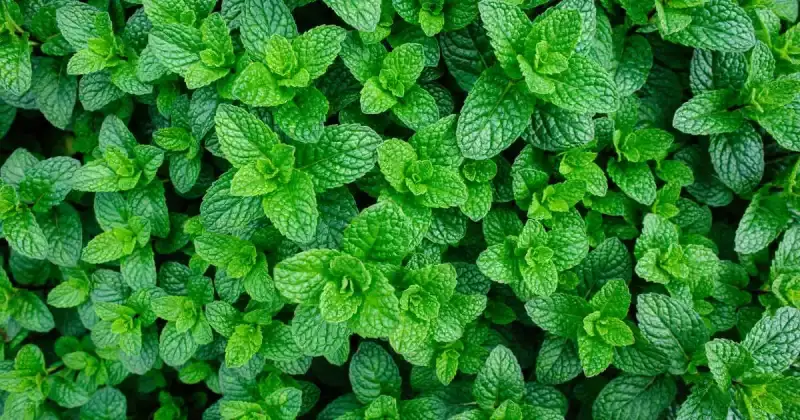
By planting other nearby vegetation with intense aromas, such as mint or chamomile, the scent of your celery can be masked, making it less detectable to pests and animals. 2
Additionally, adding companion plants, such as those found in the allium family (onions, leeks, garlic), can help repel pests attracted to the scent of plants you’d otherwise like to keep hidden. Again, this is a natural way to protect your plants without the need for harsh chemicals or trapping of animals.
Disease Suppression
Companion planting can also help suppress diseases by promoting good airflow, thereby reducing your garden’s overall humidity.
When different companions are grown together, they can provide shade for each other, reducing the amount of direct sunlight that reaches the soil. This extra canopy of shade can help decrease humidity in the garden, creating an environment that is less favorable for damaging fungal and bacterial soil-borne diseases to develop.
In addition, by growing plants with different root systems within the same garden bed, each plant has better access to absorb particular nutrients. And when plants are afforded better access to these vital nutrients, they are less likely to compete, ensuring their growth won’t be stunted.
With all this extra shade, be sure you don’t overcrowd your garden bed by planting your crops too close together. Too much of a good thing is, well, bad.
You’ll want to promote good airflow throughout your garden, which helps prevent fungal spores from spreading, taking hold, and causing disease. Carefully read the spacing requirements on your seed bag or plant tags and thin your crop accordingly. Both you and your plants will be happier.
Growing Larger Crop Yields
Companion planting can help increase crop yields by improving plant health and support your garden yields by attracting beneficial pollinators like honey bees, improving soil fertility, and reducing soil erosion. In fact, soil erosion is a big problem for many backyard growers, myself included.
However, when I started incorporating companion plants a few years ago, I noticed a marked improvement in my garden’s soil levels. We can get some unexpected heavy rainfall and strong winds here in North Carolina. Planting friendly companions in my garden beds helped hold my soil in place by providing the ground cover I was missing, allowing me larger harvests.
Repels Destructive Pests
One of the best ways to fight back against pests is using companion planting effectively. Companions use the natural characteristics of a particular plant, like oils or odors, to either repel or attract certain pests.
Many companion plants, such as marigolds, chrysanthemums, and nasturtiums, have strong odors or natural chemical compounds that repel specific pests.
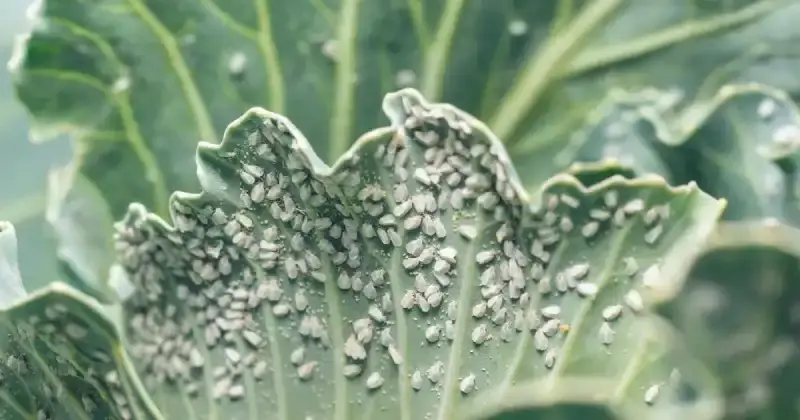
These fragrant plants can be grown near certain crops and within the same garden bed to keep them pest-free or grown in pots that you can situate accordingly. For the examples above, planting marigolds near tomatoes can help repel tomato hornworms. Likewise, situating chrysanthemums near cucumbers can help repel aphids. Finally, positioning nasturtiums near brassicas can help repel white cabbage moths.
Naturally Amending Your Soil With Nitrogen
The nitrogen cycle process is the action by which nitrogen is converted into nitrogen compounds through the atmosphere, soil, and the organisms within that soil.
One of the actions of this nitrogen cycle is called nitrogen fixation. Although nitrogen is in our atmosphere, it cannot be used by plants directly to create amino acids and proteins for their growth, regeneration, and digestion. Therefore, nitrogen should be “fixed” or converted before becoming beneficial to all living things, such as plants. 3
Nitrogen-fixing plants, such as legumes, can provide this essential nutrient to nearby plants within the same garden bed to help improve the overall health and productivity of the garden space. This process helps improve soil health while increasing the availability of nitrogen for other plants, leading to a more diverse and thriving garden ecosystem.
Companion Plants For Your Celery
There are several common companion plants for celery, including:
- Allium Family (leeks, onions, garlic, shallots, chives)
- Asteraceae Family (Daisy Family)
- Chamomile
- Brassicaceae Family (Brussels sprouts, cabbage, cauliflower)
- Cucumber
- Legumes (bush beans, pole beans, peas)
- Tomatoes
- Spinach
- Potent Aromatic Herbs (thyme, sage, rosemary, basil, dill, bee balm, mint)
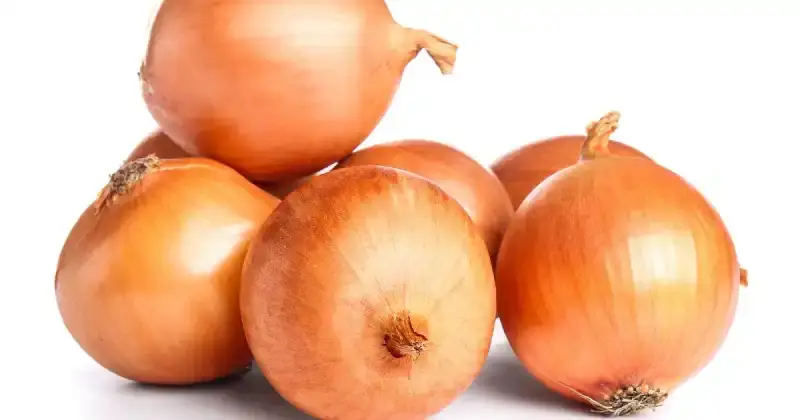
Let’s dive into each of these companion plants and discover why they pair so well with celery.
Allium Family (Leeks, Onions, Garlic, Shallots, Chives)
Allium plants such as leeks, onions, and chives are great companion plants because they share similar growing conditions as celery.
Celery, like all alliums, requires full sun (a minimum of 6-8 hours) to grow sufficiently. Additionally, alliums can help repel pests that typically target celery. When you border allium plants around your celery crop, they tend to mask its scent and deter pests and animals (think pesky rabbits) from entering the area.
Another benefit of using alliums as companions is that they can help improve the flavor of celery. Because onions, garlic, leeks, and chives emit intense aromas, they infuse celery with their unique and delicious taste, making for a more delectable and enjoyable vegetable.
Celery and leeks both benefit from the garden practice known as trenching. This method involves digging a shallow trench, sowing your plants, and then filling said trench with soil or compost, effectively creating a raised bed.
This method is particularly beneficial for celery and leeks as it keeps the soil moist and provides good drainage, which is essential for the optimal growth of both plants.
Asteraceas (Daisy Family) Cosmos Flower
Cosmos are not just insanely beautiful flowers but also play a vital role in protecting your celery plants by promoting healthy growth and a bountiful harvest come season’s end. Cosmos attract beneficial insects such as ladybugs and parasitic wasps that feed on aphids and whiteflies who are looking for a quick bite of your appetizing foliage.
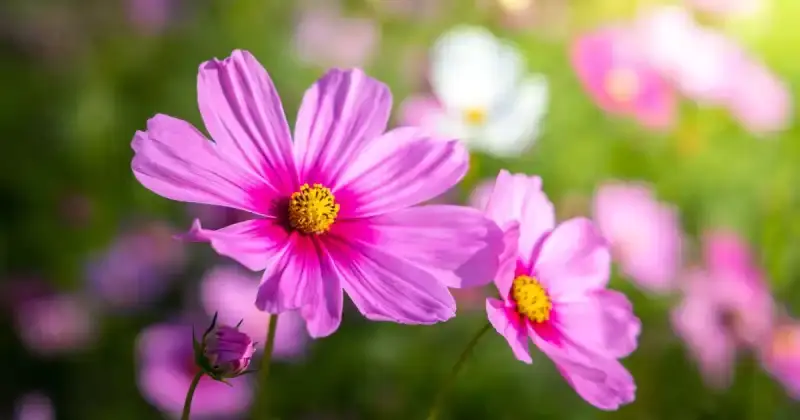
In addition to their pest-fighting abilities, the humble cosmos also provide shade for your celery plants and offers an aesthetic appeal to your vegetable garden. You can plant these gorgeous flowers alongside celery to give shade or mix them with other pollinator-attracting flowers along the garden’s edge. These flowers can also serve as a natural barrier to larger animals, such as rabbits and deer, that may be tempted to snack on your celery. 4
Chamomile
Chamomile is a well-known and widely used medicinal herb. Its name comes from the Greek word “chamaimelon,” which means “ground apple,” referring to the apple-like scent its flowers emit..
Chamomile is known for its ability to enhance the flavor of other plants when planted nearby. So, like the alliums discussed above, planting chamomile alongside celery can improve its taste. Still, it’s essential to control this plant’s potentially rapid spreading by only sowing one chamomile plant per 150 feet to prevent it from overwhelming and overgrowing your celery.
One way to keep chamomile in check and prevent it from overtaking your celery patch is to be observant and remove any unwanted chamomile seedlings, a practice known as thinning, that may appear outside its designated area. Proper management of chamomile will allow you to enjoy its flavor-enhancing properties without worrying about it overrunning your garden. 5
Brassicaceas (Cruciferae) Brussels Sprouts, Cabbage, Cauliflower
Brassicas such as cabbage and cauliflower can benefit your celery by providing shade for its young shoots. Although celery prefers full sun, its young shoots are sensitive to receiving too much sun exposure. Having cabbage and cauliflower as close companions can help solve this issue.
In return, celery can be a great companion for cabbages and cauliflower, as celery helps to repel pests that commonly attack brassicas, such as the ominous white cabbage moth.

Cucurbitaceae (Cucumber)
The humble cucumber is another excellent companion plant for celery because its broad and sprawling leaves act as a natural shady mulch that helps prevent persistent weeds from sprouting around your celery. These sizeable cucumber leaves also helps retain moisture, keeping your garden soil cool, which celery enjoys.
Celery also helps protect cucumber plants from invading pests because of its strong scent. For example, celery repels whiteflies, a notable problem pest that can infiltrate and damage cucumber plants.
Legumes (Bush Beans, Pole Beans, Peas)
Green beans, bush beans, pole beans, and peas all make great companion plants for celery. Legumes are nitrogen-fixing plants, a vital nutrient for celery reproduction, support, and development.
Additionally, celery can also help protect legumes from lurking pests. The strong scent of celery can act as a natural repellent for common bean pests like bean beetles and whiteflies.
Here’s a quick video that shows just how easy it is to plan and plant both celery and friendly companion plants within the same garden bed.
Tomatoes
Celery and tomatoes make great companion plants in the garden. Many gardeners swear by this pairing, myself included. One way you can get creative by planting these two companions together is by planting celery in a circular formation around your tomato plants. The lacy and interwoven roots of celery create a desirable environment for earthworms and soil microbes to enjoy, which helps improve soil health and fertility.
Celery also acts as a natural pest repellent for tomato-loving pests such as the infamous tomato hornworm and the ever-present aphids. Celery does all of this while encouraging the healthy growth of your tomato crop.
Spinach
Growing celery and spinach together can be beneficial for both plants. Celery repels pests due to its strong aroma, while spinach provides welcome shade to young celery shoots.
Both spinach and celery also have similar growing conditions making them friendly companions in your garden’s neighborhood.
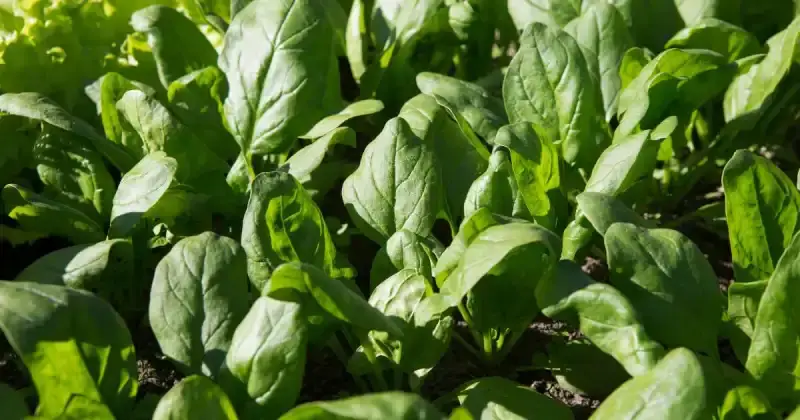
Strong Aromatic Herbs (Thyme, Sage, Rosemary, Basil, Dill, Bee Balm)
Aromatic herbs such as rosemary, thyme, and sage have many benefits when planted alongside celery. These fragrant plants serve a dual function by luring pollinators, like bees, birds, and ladybugs, into your area while simultaneously repelling harmful pests.
Like other companion plants mentioned above, these aromatic herbs enhance the taste of your celery crop, adding a unique and delicious flavor.
Mint
Celery and mint are excellent garden neighbors making for another good companion pairing. Celery works to improve the mint’s overall growth and health and helps repel pests, such as aphids and spider mites, that are known to attack mint plants.
It’s also worth noting that mint is invasive. Its aggressive growth can quickly take over a garden bed if not adequately managed. Therefore, if you are growing mint, it is recommended to plant it in a container or in a designated area of your garden to prevent it from spreading too rapidly.
When pairing mint with celery as companions, a good practice is to reserve your garden bed for celery and plant your mint in containers which you can then place around your celery crop. You’ll inhibit the mint’s aggressive nature while preserving your plants’ companionship and benefits.
Plants To Avoid Growing Near Celery
A few common plants that do not make excellent celery companion plants are:
- Apiaceae Family (Carrots, Parsnips, Turnips)
- Parley And Cilantro
- Corn
- Turnips, rutabaga, and other root veggies
- Potatoes
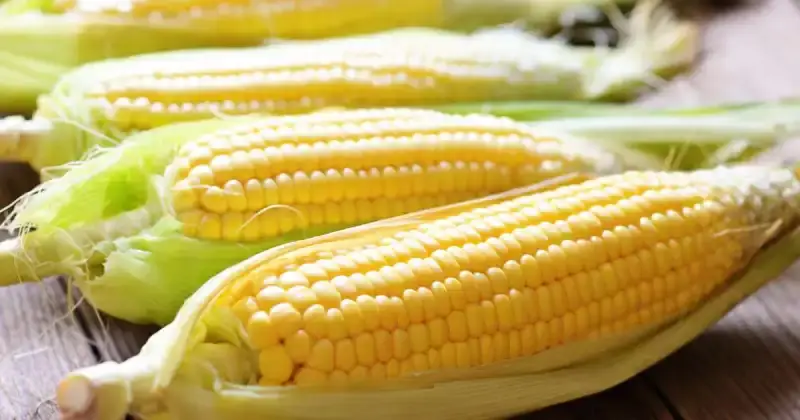
Let’s look at the other side of the coin by getting into these planting no-nos when it comes to celery. Remember, it is essential to understand that not all plants do not pair well when it comes to companion planting. Because celery is a sensitive and fickle plant prone to pests and diseases, it’s essential to be selective about which plants you decide will be good complementary neighbors.
Apiaceae Family (Carrots, Parsnips, Turnips)
Carrots, parsnips, and turnips are all members of the Apiaceae family, which, ironically, also includes celery. Because of this shared family lineage, these plants are prone to the same pest issues when planted together.
Harmful pests such as the carrot fly and celery leaf miner are attracted to all plants in the Apiaceae family. And if these bad guys infest one plant, they will likely spread quickly to others nearby. As a responsible gardener, you don’t need me to tell you that this infestation can significantly stunt, damage, and possibly even kill your vegetable plants in short order, including your prized celery.
Another reason to avoid growing any Apiacea family plants is that they can easily disturb the shallow roots celery develops. Celery has a shallow root system that can be easily disturbed and disrupted when harvesting carrots, parsnips, and turnips. This damage can lead to stunted growth of your celery, reduced growth and yields, and even plant death if the root damage is extensive. 6
Parsley And Cilantro
While their high aromatic scent makes parsley and cilantro somewhat less problematic, these herbs still tend to attract unwanted insects into your garden. It’s because of this increased risk, along with the delicate nature of celery in general, that I suggest not taking the chance.
Now, that said, plenty of home growers plant cilantro and parsley alongside their celery and don’t experience much, if any, adverse results. I suspect these growers may live in a more northern or colder climate where pests may not play too much of a problem or may not have enough time to become established. However, here in North Carolina, I’m not so fortunate.
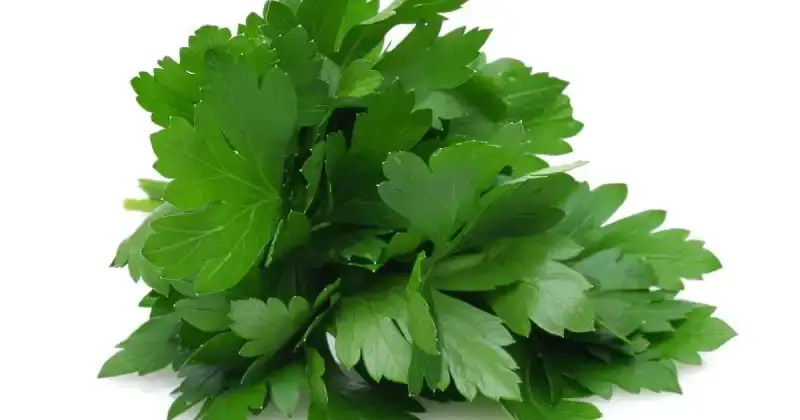
The debate rages as to whether parsley and cilantro bring more good than harm to a garden near you, but for me, I’ll err on the side of caution. At a minimum, I’ll grow my parsley and cilantro on one side of my garden and establish my celery patch on the other.
Other Plants To Avoid
- Corn is a heavy feeder that requires large amounts of soil nitrogen to grow well. When planted near celery, corn competes for nutrients, leading to stunted celery growth and poor yields.
- Turnips, rutabaga, and other root veggies have the same harvesting issue as the abovementioned Apiaceae family. Celery has shallow, delicate, and easily-disturbed roots. You don’t want to pull root crops from around your celery and risk its health.
- Potatoes attract pests such as the Colorado potato beetle, which can infest celery plants and cause catastrophic damage. Potatoes can also compete for nutrients with celery and other vegetables in the garden, something you don’t want with companion plants.
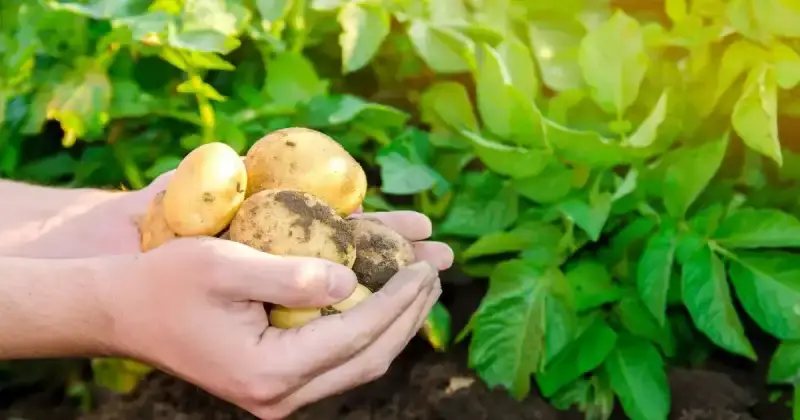
Conclusion
By choosing the right companion plants, you can create a vibrant garden ecosystem that supports the health and productivity of your celery. In addition, this method helps reduce the need for pesticides and other harsh chemical treatments, making it a more natural and sustainable way to protect the vitality of your garden while growing your vegetables.
Companion planting is the age-old practice of pairing beneficial and compatible plants together in a harmonious and positive growing environment. Some of the most common advantages of companion planting are decreased pest and disease in your garden, promoting productivity for bigger harvests, and using the available space in your growing area wisely.
Some of the best celery companion plants include garlic, chives, onions, bush and pole beans, cabbage, cauliflower, chamomile, cucumbers, tomatoes, spinach, and herbs such as thyme, sage, dill, and mint.
Likewise, it’s best to avoid planting celery with other plants that are prone to the same pest issues, require high amounts of nitrogen, or have the potential to disturb the shallow roots of celery during harvest.
Remember, celery is a delicate and temperamental vegetable to grow. So, you’ll want to do everything you can to promote a generous harvest. This includes placing friendly companion plants around and next to your celery patch.
Have you grown celery at home with a companion plant I have yet to mention? Meet me in the comments below, and let me know!
SOURCES
- Wikipedia – Companion Planting
- Utah State University, Extension – Whiteflies
- New Mexico State University, College Of Agricultural, Consumer, And Environmental Sciences – Nitrogen Fixation By Legumes
- Wikipedia – Asteraceae
- National Library Of Medicine, National Center For Biotechnology Information – Chamomile (Matricaria Chamomilla L.): An Overview
- Wikipedia – Apiaceae



